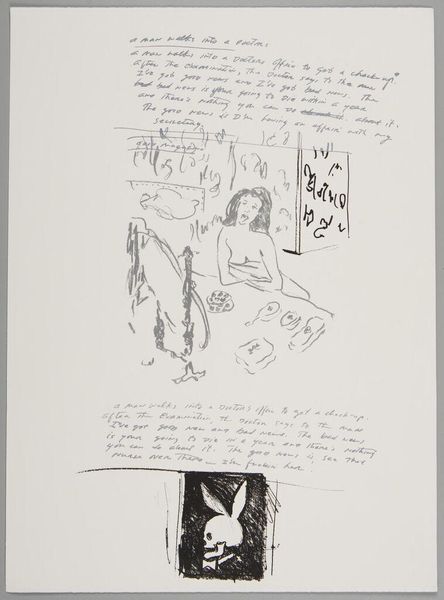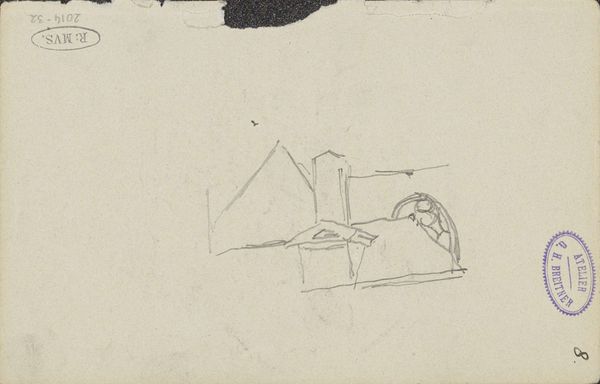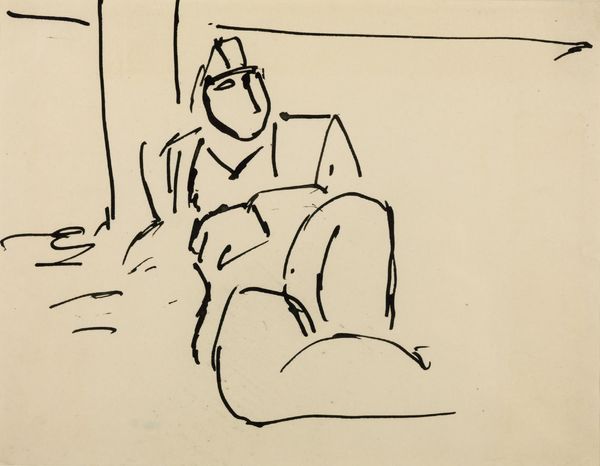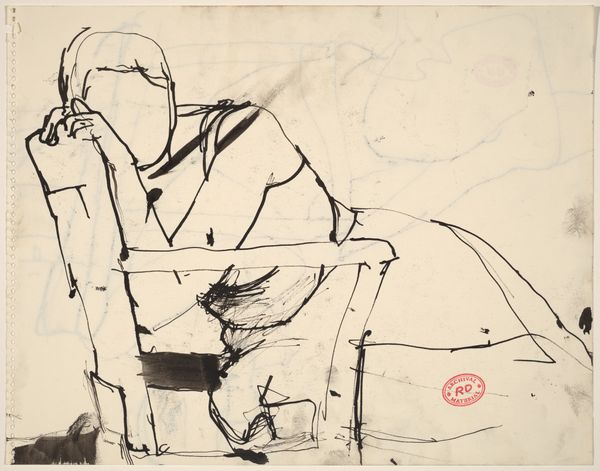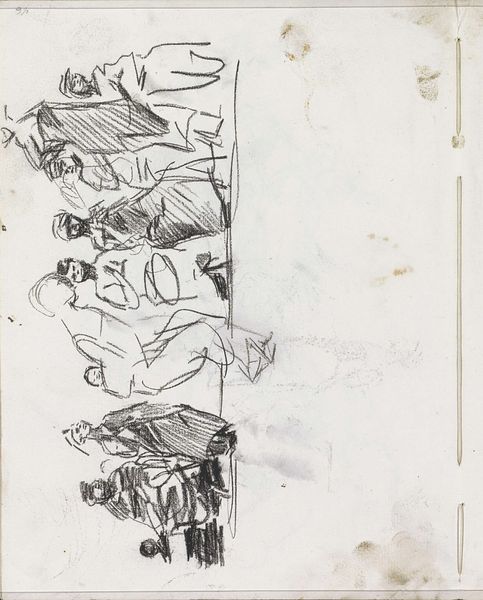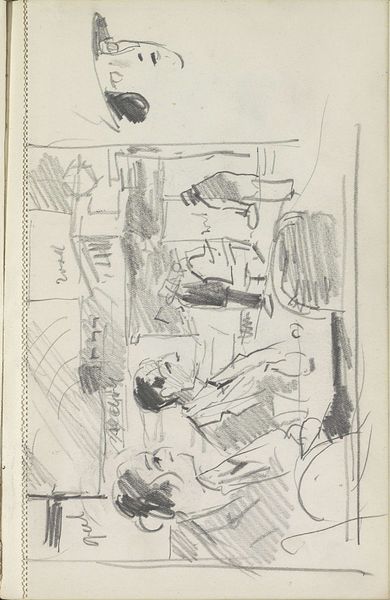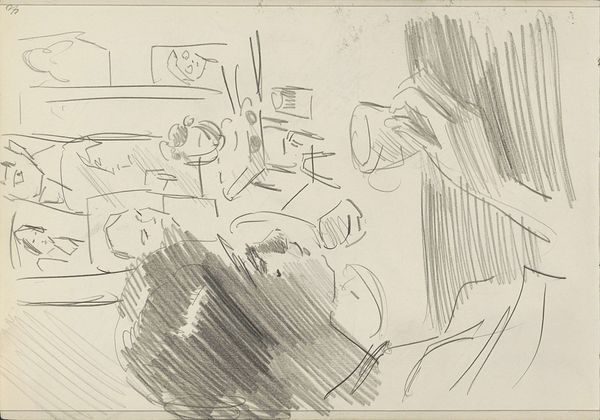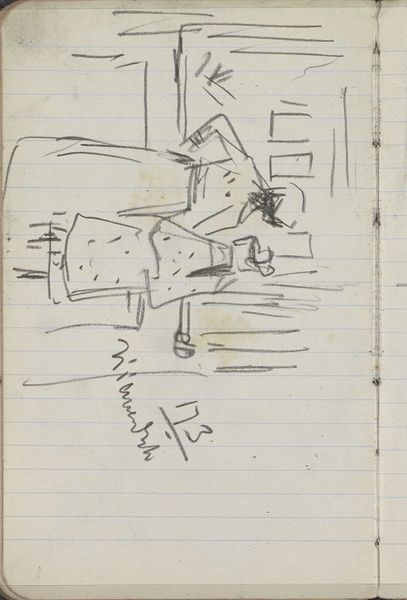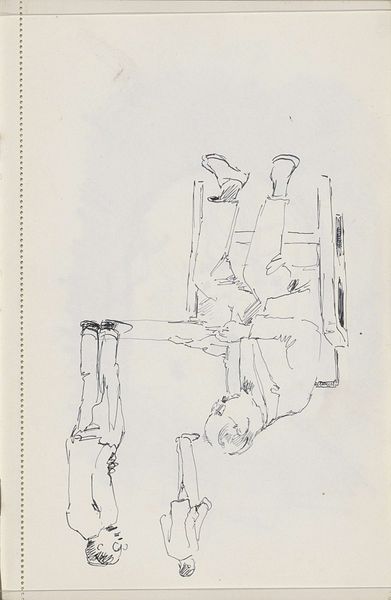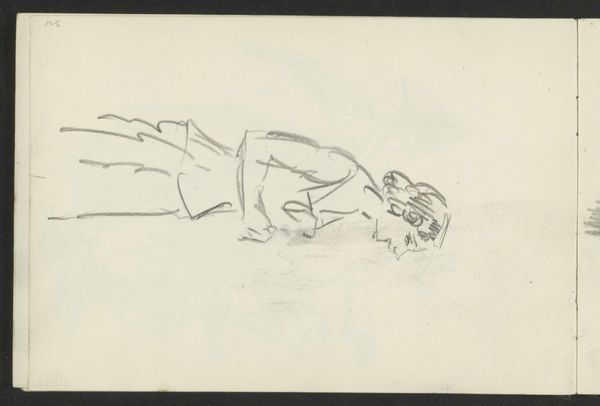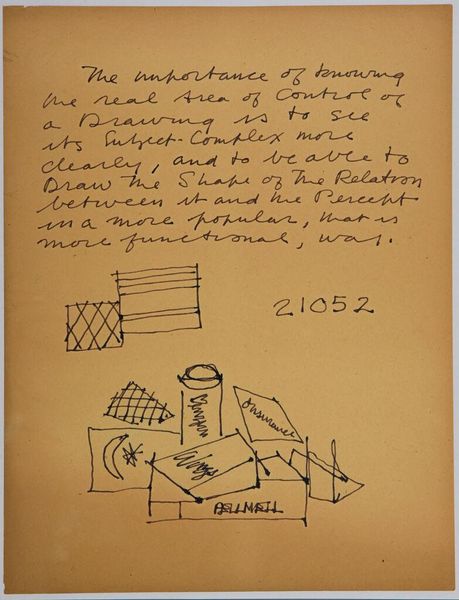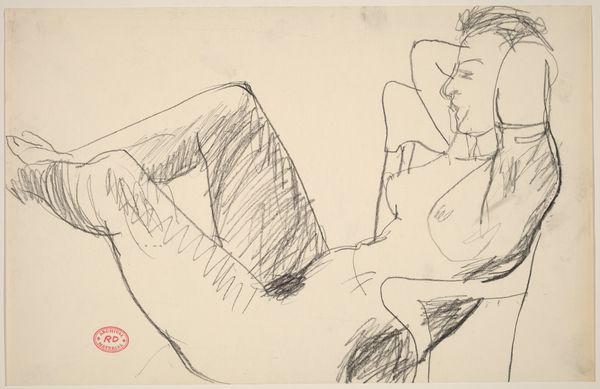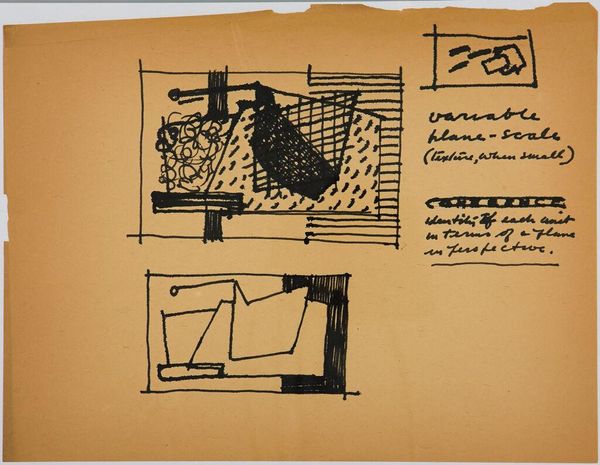
The Olive Branch is a dark, oppressive space, but it gets the message across to the women who stay there that the solutions to their problems are in their own hands. Ignoring distractions, Margie finishes her homework for job-training class. Olive Branch Mission, Chicago. 1999
0:00
0:00
photography, gelatin-silver-print
#
portrait
#
black and white photography
#
black and white format
#
street-photography
#
photography
#
black and white
#
gelatin-silver-print
#
monochrome photography
#
monochrome
#
realism
#
monochrome
Dimensions: sheet: 50.5 × 40.5 cm (19 7/8 × 15 15/16 in.) image: 48.9 × 33.2 cm (19 1/4 × 13 1/16 in.)
Copyright: National Gallery of Art: CC0 1.0
Editor: Donna Ferrato's 1999 gelatin-silver print, "The Olive Branch… Chicago," feels intensely intimate. The grainy black and white and the cramped space give a sense of being right there with the woman studying. What can you tell me about the social context of this work? Curator: This image is powerful because it speaks to the intersection of gender, poverty, and resilience. Ferrato’s work often highlights marginalized communities. Considering the time, late 1990s Chicago, what societal structures do you think influenced the women at the Olive Branch Mission? Editor: I imagine there were issues of affordable housing, access to job training, maybe even the lingering effects of discriminatory policies? The woman appears to be diligently studying; is the mission serving its purpose? Curator: Exactly. The photograph isn't just about poverty, but about agency within that context. The flyers on the wall - "Live-Dream," "Who Wins?" - suggest an institutional effort to uplift and empower the residents. What effect does the setting have, this institutional interior? Editor: The bare walls and utilitarian space give it a feeling of temporary transition. Yet the woman is resolutely focused, blocking everything out, her whole world contained by her homework. It seems as though a step up into this setting would be her journey up and out. Curator: It really underscores the role institutions can play in either facilitating or hindering individual progress. It raises questions about whose voices and perspectives are centered, and whose are marginalized, within the art world and beyond. Editor: I never considered the relationship between the "keepers of the space" and what they represent, but I realize that now. It goes to show there is more than meets the eye with these images, doesn't it? Curator: It definitely does. Photographs such as Ferrato's compel us to look critically at the visual culture that shapes our perceptions of complex social issues and inspires action.
Comments
No comments
Be the first to comment and join the conversation on the ultimate creative platform.
